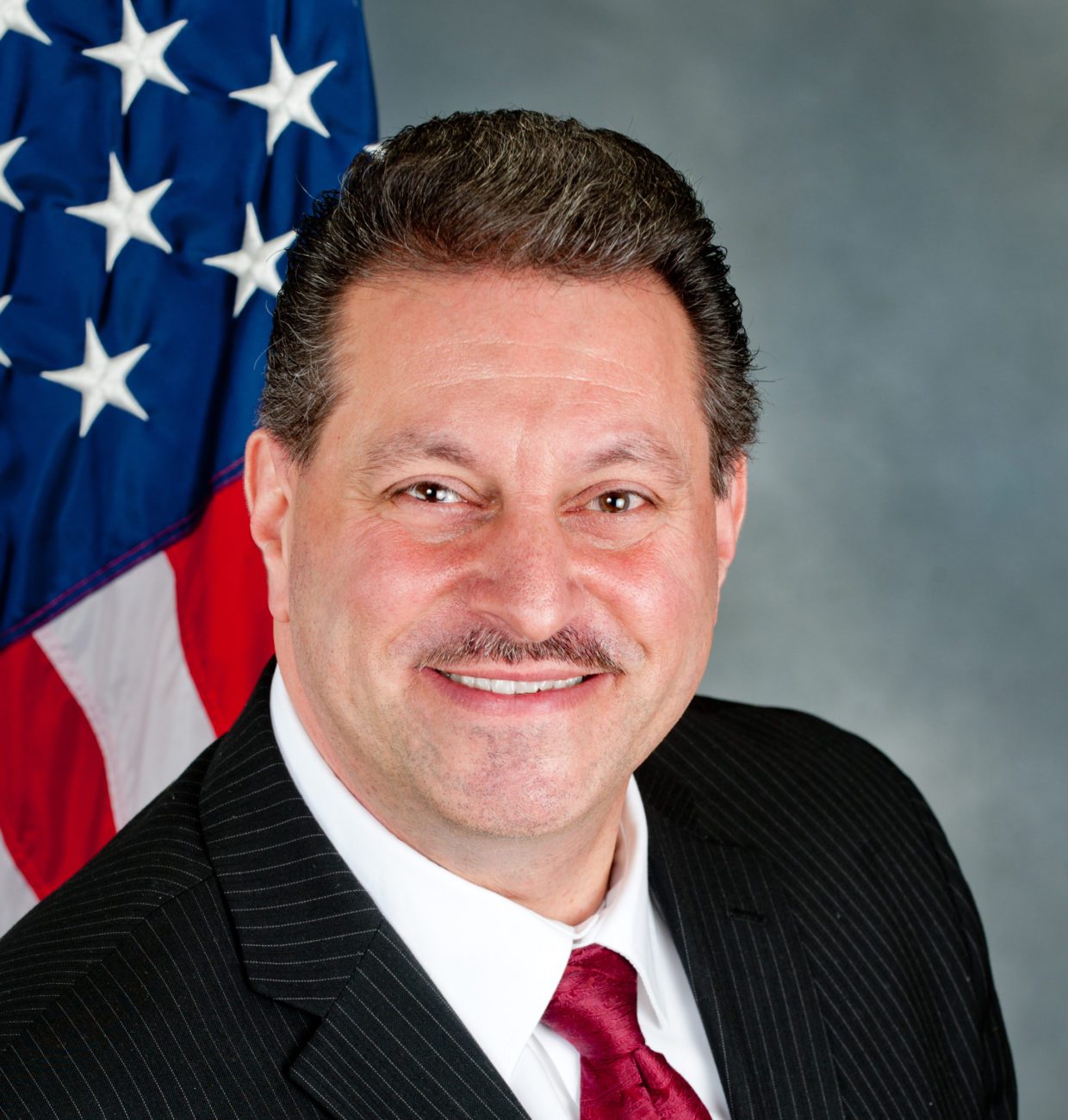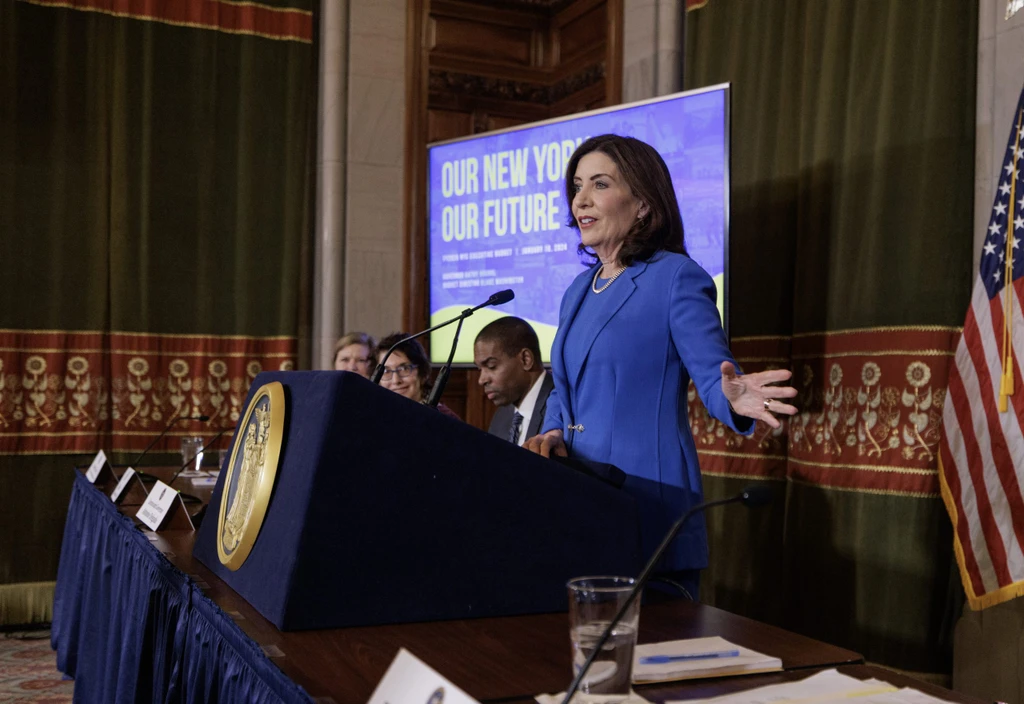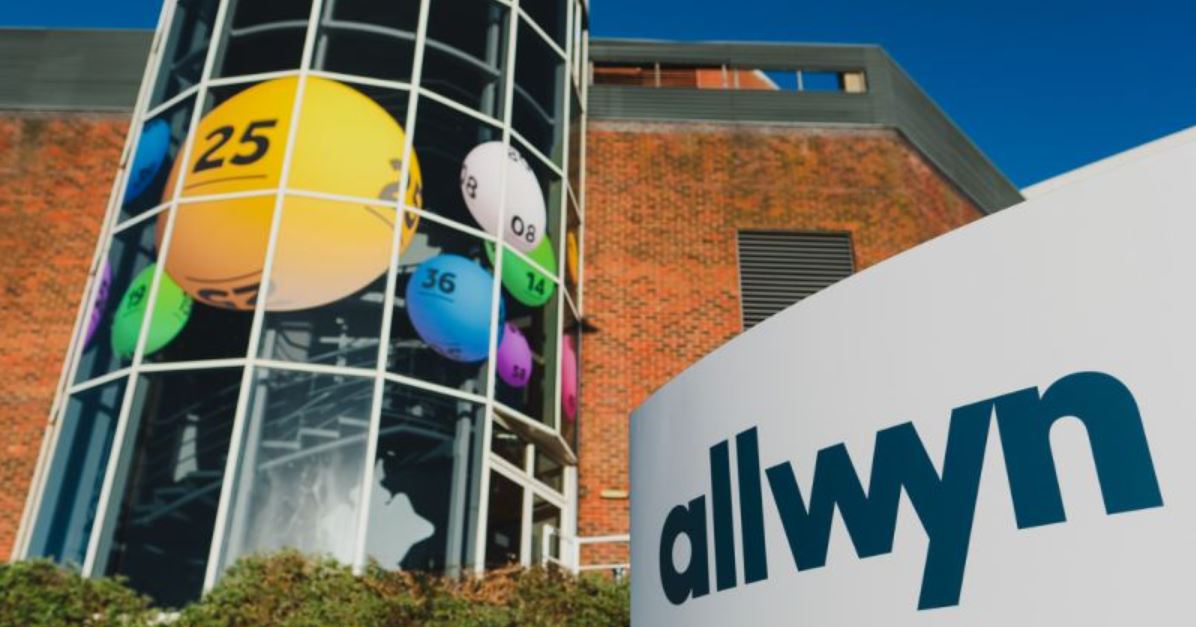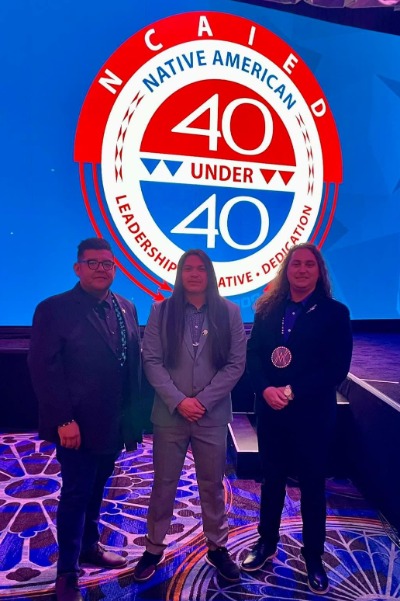
As New York’s iGaming dreams falter, iGB looks at the channel’s years-long pursuit and the uncertain future that lies ahead.
New York’s igaming adherents are currently in a state of whiplash. Almost two weeks ago, State Senator Joseph Addabbo introduced Senate Bill S8185, which would legalize iGaming in the Empire State with one important addition – ilotery. This was Addabbo’s latest attempt to bring iGaming to market after S4856 dried up last year.
But a few days later, New York Governor Kathy Hochul decided not to include iGaming in the state’s $232.7 billion (£183.73 billion/€214.70 billion) budget for 2025, throwing the whole issue into disarray brought.
This is not uncommon in the US, where states have been lobbying for years to introduce a specific type of bet. A quick look at the California sports betting record will tell you that. So what’s the big deal about bringing iGaming to New York?
According to Howard Glaser, director of government affairs and general counsel at Light & Wonder, New York has the potential to become one of the most prolific iGaming states in the country.
“If New York State adopted iGaming, this market would be one of the largest gaming markets in the world,” he says. “This is a state of 20 million residents and 14 million adults, and it’s really just a robust environment for gaming.”
Success in the field
What’s even more compelling is that other states have pushed forward the introduction of iGaming with great sales success.
“There are models in New Jersey, Pennsylvania and Michigan that are just extraordinarily successful,” explains Glaser. “In New Jersey and Pennsylvania they are $1.5 billion, $1.7 billion each in the last 12 months, including associated tax revenues. Michigan is also close to that level.”
“There is no question whether the model can be successful.”
Essentially, it’s a sure thing that should be music to a lawmaker’s ears. So why hasn’t it stuck in the legislature yet? According to Glaser, it is about solving the iGaming problem politically: “The challenge is to solve the politics in the US, both within the industry and for some external factors.”

“This bill has been introduced; It’s the second year in a row. There were a few changes involved – not too big of a change. It’s really the starting point for this conversation. It’s an attempt to keep the momentum going to bring another important US state into play.”
What can Senate Bill S8185 offer New York?
Addabbo describes it as just that: a starting point for the iGaming conversation.
“It’s a starting point for hopefully negotiations during the budget process here in New York on igaming and ilottery,” he says. “It sets the parameters that I have in mind and hopefully my counterpart in the other house, the congregation, will do the same.”
One of the highlights of the bill is the 30.5% tax rate. It also proposes a $25 million fund to protect current jobs at existing casinos and an $11 million fund for problem gambling programs. And of course ilotry.
“This new bill is an improvement over the bill introduced last year,” he explains. “This bill includes defamation this time, and this bill again includes a $25 million job protection fund. This is because we don’t want igaming to cannibalize any of our existing brick-and-mortar casino workstations.”
In general, the bill has been well received — or at least the state senator hasn’t run into an intractable problem yet.
“We have those who are committed to it, and they love the idea of igaming and ilottery in New York, and there are those who have concerns, and I’ve heard a lot of concerns,” he admits. “And there is no concern yet that I have heard that this cannot be overcome or addressed legislatively with the bill or an amendment to the bill.”
Governor Hochul’s budget poses a hurdle
However, the absence of iGaming in New York’s 2025 budget is of course a challenge. However, it wasn’t a shock to Glaser.
“That’s the game they play. “Particularly in New York, but in most states, the governor will propose a budget that is below the level of spending desired by the legislature.”
The pressure is then passed on to the legislature. If they want to spend more money, they have to find it first.

Addabbo, of course, would have preferred igaming to be within budget – and he’s not ready to back down just yet. His tactic is to keep an eye on the board budget.
“[The executive budget] tells us what she [Hochul] wants to do… whatever direction she wants our state to take. But how we get there, how we pay for these things, that’s what the months of January, February and March are for, for the budget negotiations.”
“I remain optimistic that we can discuss this as part of the budget process.”
What awaits igaming in New York?
So it’s safe to say that New York’s iGaming dream is still alive. As Glaser says, this is just the first step in the process.
“We are only in the very first inning of the process; “The governor is just getting started,” he explains. “I have no doubt that if the Legislature included it in their budget proposals, the governor would agree to it.”
The biggest stumbling block is the state’s unions, he continues. A unique aspect of Addabbo’s bill is to qualify for an interactive games license. Those who operate a live dealer game must agree to an employment contract with a union.
“The challenge, however, is that New York is a large union state – like other places, all states have unique challenges,” Glaser says. “The land-based casinos are all unionized. These unions are concerned about the impact on their members at land-based casinos.”

Work needs to be done to convince land-based venues that iGaming will help, not hurt, the casino market in the state. “The entertainment market is largely digital, and if casinos don’t have a digital component, they won’t be able to see the growth needed at either the land-based level or the i-gaming level without it.”
For Addabbo, New York needs something safe – and that’s exactly what Igaming and Ilotery will provide.
“I remain optimistic only because our New York State Comptroller – who audits our finances – tells us that we have a bad fiscal situation this year and that it will only get worse between 2025 and 2026,” he explains. “So you need that sustainable income. Not these one-shot gimmicks, but sustainable revenue for the future. And that is igaming and ilotery.”
The iGaming journey in New York is like a roller coaster ride. But there is light at the end of the tunnel – and a long descent to the end.







